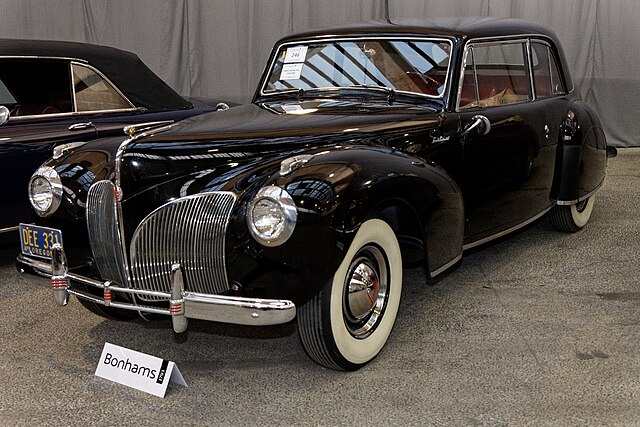
The Lincoln Continental, first introduced in 1940, has been synonymous with American luxury and elegance for decades. The first generation of the Continental was not just a car; it was a statement of style, power, and innovation during a pivotal era in automotive history.
This article explores the origins, design, features, impact, and legacy of the first-generation Lincoln Continental.
Origins and Development
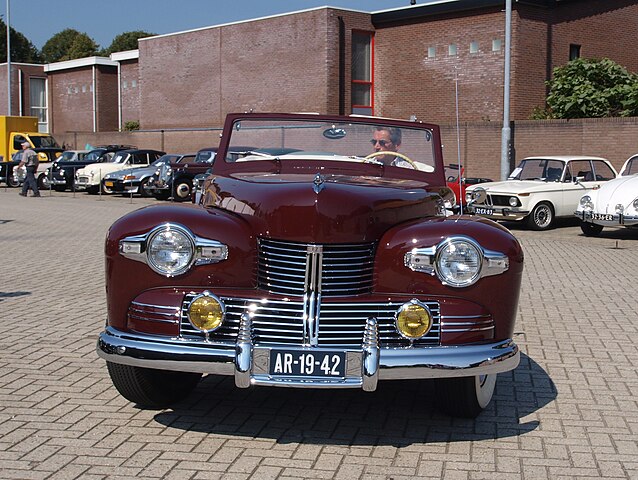
The genesis of the Lincoln Continental can be traced back to a special project initiated by Edsel Ford, son of Henry Ford. After returning from a trip to Europe in 1938, Edsel wanted a car that combined European style with American luxury and engineering.
He tasked Ford’s chief stylist, Bob Gregorie, with creating a custom convertible that would fulfill this vision. The result was a sleek, elegant car that immediately caught the eye of Edsel’s social circle, prompting its production.
The name “Continental” was chosen to evoke the grandeur and luxury of European touring cars, which influenced the vehicle’s design. Originally built as a personal vehicle for Edsel Ford, the car featured a long hood, short trunk, and a striking, covered spare tire mounted externally at the rear, which would become a signature feature of the model.
Production of the Continental commenced in 1940, under the Lincoln brand. Despite the challenges of material shortages during World War II, which halted civilian automotive production from 1942 to 1945, the Continental resumed production post-war with minor updates, continuing until 1948.
Design and Aesthetics
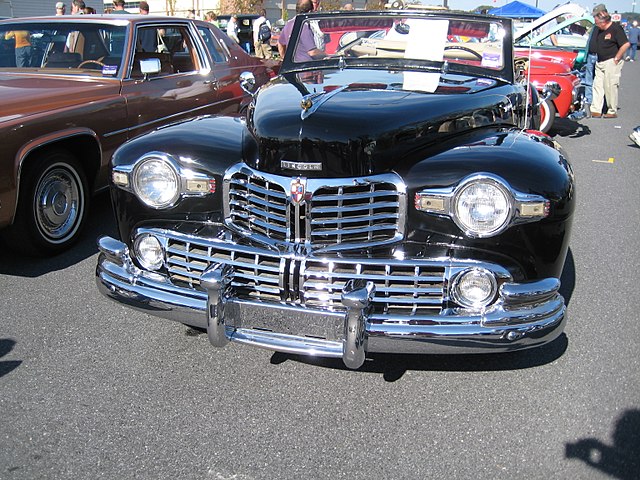
The design of the first-generation Lincoln Continental was groundbreaking, setting it apart from other luxury vehicles of its time. The car featured a low roofline and a wide stance, creating a profile that was both aggressive and elegant.
The front was dominated by a simple, horizontal grille design that emphasized the car’s width, and the rear boasted the iconic externally mounted spare tire, stylishly integrated into the continental kit.
The interior of the Continental was just as luxurious as its exterior. It featured high-quality leather upholstery, woodgrain paneling, and detailed craftsmanship that emphasized comfort and style. The dashboard was artfully designed, combining functionality with aesthetic appeal, and providing drivers with a sense of luxury at every touch point.
The Continental was available primarily as a two-door coupe or convertible, which emphasized its sporty yet luxurious appeal. These design choices made the car popular among the elite and celebrities, securing its place as a symbol of high status.
Features and Performance
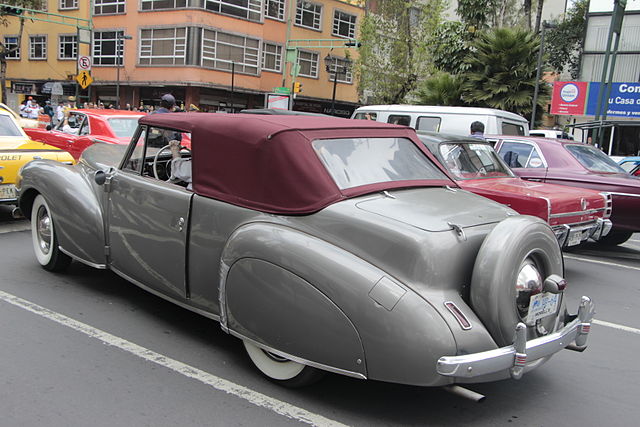
The first-generation Continental was equipped with a 12-cylinder engine, which was quite prestigious at the time. This V12 engine was capable of producing 120 horsepower, a significant output that provided smooth and powerful performance, suitable for both city driving and longer tours.
The car also featured advanced-for-its-time suspension systems that enhanced ride quality, making it not just a beautiful car but also a comfortable one. The attention to engineering detail was evident in its handling, which was praised for its precision and smoothness, characteristic of luxury cars of that era.
Despite its powerful engine and large size, the Continental was noted for its surprisingly good fuel efficiency and reliability. These traits helped it build a reputation as a practical choice for luxury buyers, further solidifying its market position.
Impact and Reception
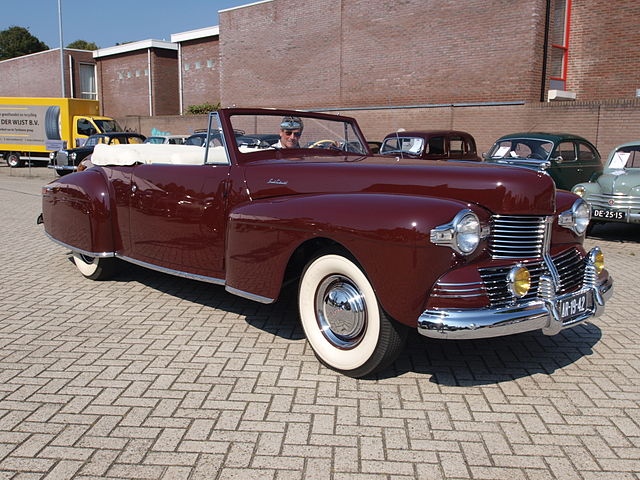
Upon its release, the Lincoln Continental quickly became a symbol of luxury and exclusivity. It was favored by Hollywood stars, corporate tycoons, and political figures, which added to its allure and mystique. The car’s unique styling and luxury features set a new standard in the American automotive market, influencing the designs of other luxury vehicles in the 1940s.
The reception to the Continental was overwhelmingly positive, with many praising its innovative design and superior craftsmanship. The vehicle’s success helped elevate the Lincoln brand, distinguishing it from competitors and aligning it with the highest echelons of luxury car manufacturers.
Critics and car enthusiasts alike admired the Continental for its elegance and performance, often highlighting its balance of aesthetics and functionality. This blend of features made it not just a car, but a cultural icon of its time.
Legacy and Influence
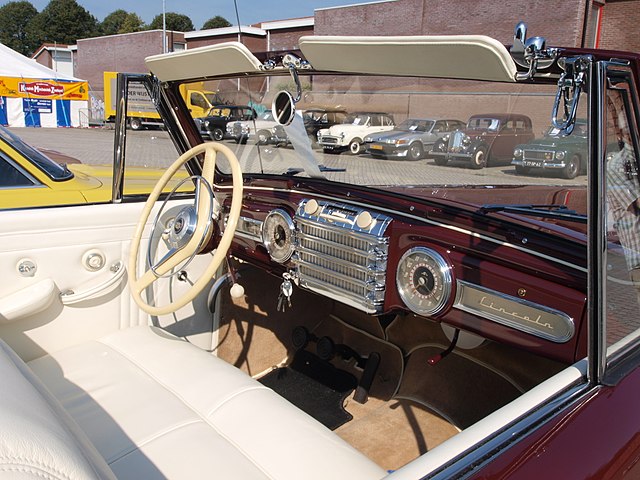
The first-generation Lincoln Continental has left a lasting legacy in the automotive world. It is often cited as one of the most beautiful cars ever made, and its design has influenced countless other vehicles.
In 1951, the Museum of Modern Art recognized the Continental as one of eight automotive ‘works of art’, and its silhouette continues to be celebrated in classic car shows and collections worldwide.
The Continental’s influence extended beyond design; it set standards for luxury and performance that future generations of cars strived to achieve. The principles of its design—elegance, innovation, and attention to detail—continue to inspire Lincoln models today.
Collectors and historians view the first-generation Continental as a pivotal piece in the narrative of American automotive history, representing a period of transition, innovation, and artistic achievement. Its enduring appeal attests to its significant impact and the timeless nature of its design.
